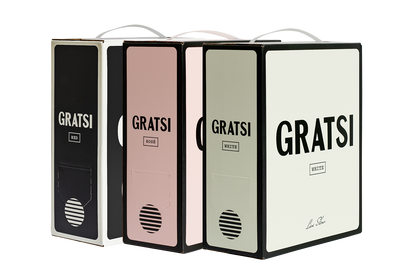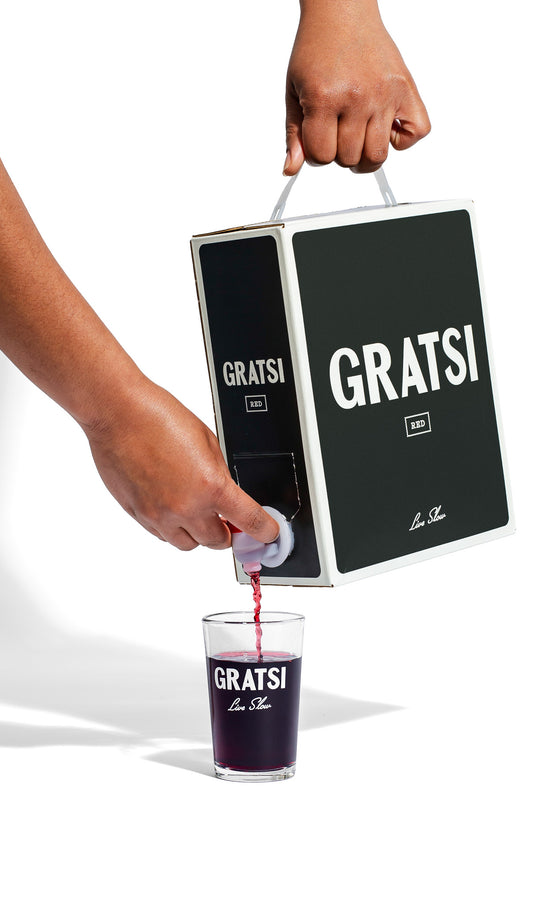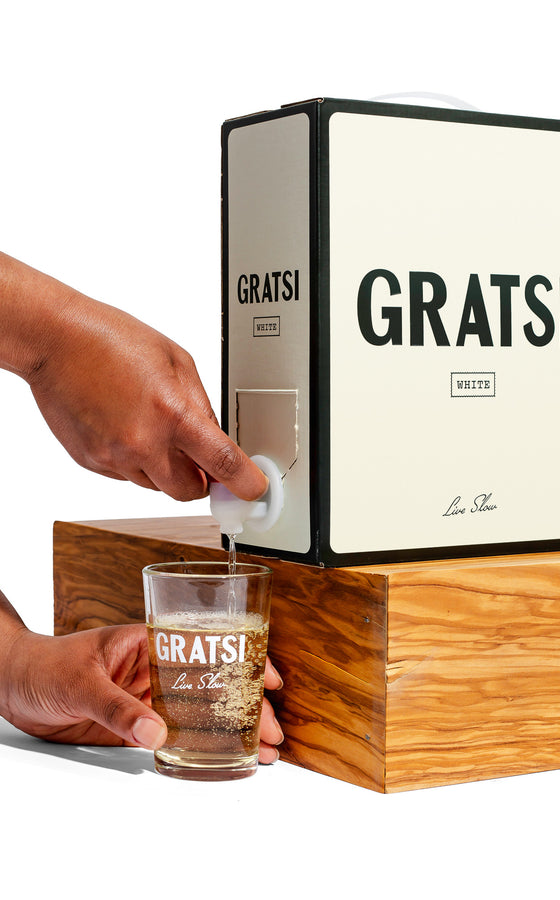Panettone vs. Pandoro
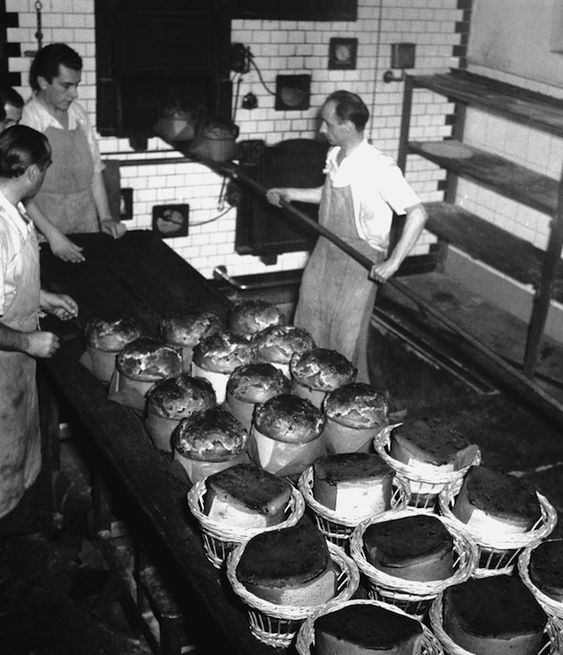
Gabriela's Insights
Panettone vs. Pandoro
By Gabriela R. Proietti
November 24, 2023
Panettone vs. Pandoro
There is nothing more magical than the holiday season, and if you're looking for a little bit of extra magic, experience the festivities in Italy. The nativity scenes, market shops, unlimited sweet treats and traditions, and a warm and festive atmosphere make Italy a place unlike any other. After all, the country celebrates from the 8th of December until the 6th of January, dedicating nearly an entire month to feeling merry and full of cheer. It wasn't until recently that I got to experience the magic firsthand because, growing up, I spent all of my holidays in my home country, where my family brought traditions over from the motherland. We incorporated everything from eating fish the night of Christmas Eve to leaving a stocking out for Befana, an old tradition based on Italian folk lore.

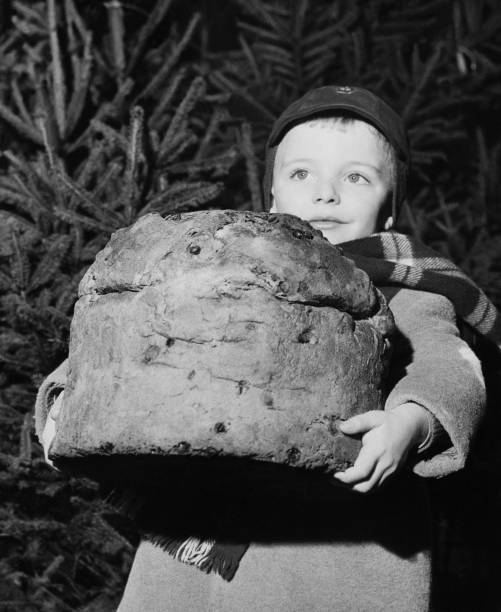
I embraced our quirky Italian ways and customs, except for one: Panettone. My family would only make an appearance with bringing an offering of Panettone to each house we went to, including ours. As a child, I despised this stale-like raisin-filled cake that was barely dusted in powdered sugar. Where is the actual cake? I would beg and plead to my mother. This is traditional, she would say to me as I rolled my eyes at the sight of it, and my family would happily dig it. Do you want to try Pandoro instead? My uncle told me, and as a stubborn young and naive girl, I replied: no, never!
Living in Italy, the entire country is flooded with sparkling lights and decor, and the most important topic of all is Panettone & Pandoro. Bread shops, supermarkets, and even minimarkets are filled from floor to ceiling, promoting and selling these two cakes, including variations and brands. Over the years, I have come to embrace the uniqueness of these holiday treats and take a nibble of each from time to time. But what exactly is Panettone and Pandoro, and why has it become an ongoing debate during the Italian Christmas season? Let's take a look.
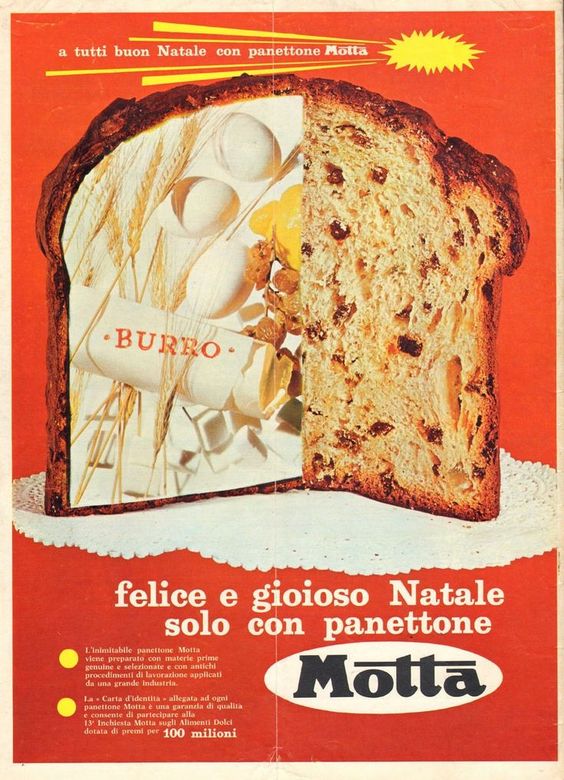
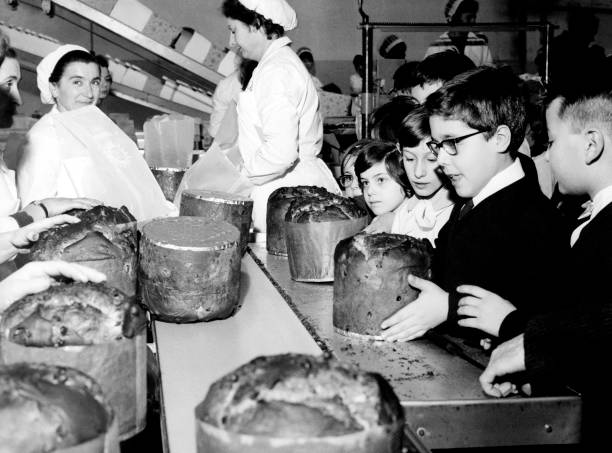
Panettone
Panettone, Italian sweet bread traditionally filled with candied oranges and raisins, can be traced back to Milan in the early 15th century. The exact origin story of Panettone is not entirely crystal clear, but there are a few popular myths and legends surrounding its birth story that we can share. One legend tells the story of a young nobleman named Ughetto degli Atellani, who fell in love with Adalgisa, the daughter of a poor baker. Ughetto disguised himself as a baker's apprentice to impress Adalgisa's father and created a sweet bread using flour, eggs, sugar, raisins, and candied fruits. Another legend claims that the birth of Panettone was accidental. A young kitchen assistant named Antonio (nicknamed "Toni") was working in the kitchen of Milan's Duke Ludovico il Moro. During a Christmas banquet, Antonio accidentally burnt a dessert he was preparing. In a hurry to save the situation and his reputation, he mixed flour, eggs, sugar, raisins, and candied fruits, creating a bread-like cake.
Regardless of its exact origins, Panettone became increasingly popular in Milan and soon spread throughout Italy. It was initially seen as a luxury item consumed only by the nobility due to its costly ingredients. However, with time, it has become highly accessible to the entire Italian population, including options from high-end artisanal Panettone that can range from €25 to €50 to confectionary Panettone from a local supermarket that goes from €5 to €10. Panettone is typically enjoyed with a glass of sparkling wine or a warm beverage, and variations with different fillings, such as chocolate chips and pistachio cream, have become popular.

Pandoro
East of Panettone's birthplace, Pandoro originates from Verona, in the Veneto region of northern Italy. The word "Pandoro" translates to "golden bread" in Italian. The history of Pandoro can be traced back to the 18th century, and the creation story is a bit clearer compared to Panettone's. Created by a baker named Domenico Melegatti, Melegatti was inspired by the traditional local dessert called "Nadalin," made with a similar dough but without a characteristic shape. Melegatti sought to create a cake that would resemble the shape of the Treviso bell tower, the Torrazzo and built a particular mold for baking it.
Pandoro became particularly popular during the 19th century when it was presented as a gift during the Christmas season, as it is still today. The cake's golden color symbolized wealth and prosperity, making it a highly prized delicacy among the upper classes. It was often served at the royal courts and symbolized opulence and luxury. Like Panettone, Pandoro has become a staple of Italian Christmas celebrations. It is often served as a centerpiece dessert during family gatherings and is enjoyed throughout the holiday season. The cake is usually served in slices, first beautifully dusted in powdered sugar, which symbolizes freshly coated snow. Like Panettone, creative minds of the makings of Pandoro have created different versions, including ones filled with creams like hazelnut and Nutella.
So why the debate between the two unique cakes? Can't we like them both? Of course, nothing is straightforward in Italy, and Italians love an opportunity for a little innocent debate! Those with a simpler palette tend to gravitate towards Pandoro, while nearly 50% of the Italian population selects Panettone as the ultimate holiday dessert hero. Contrary to popular tastes and preferences, I choose both!



